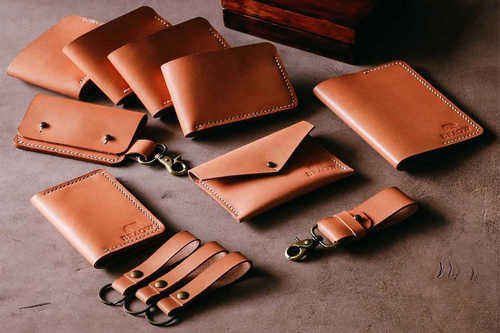How to improve Leather Washing Colour Fastness?
After washing or soaping, the area, skin shape and color will not change significantly, and the fullness, elasticity, softness, physical strength and shrinkage temperature will not deteriorate significantly.

In order to make the washable leather have the above performance characteristics, the processing must do "three solid combination".
(1) Tanning agent and leather fiber are firmly combined. Only when the tanning agent is firmly combined, the leather will not be tanned after washing or soaping, so that the area of the leather will not be obviously reduced and the shape of the leather will not be obviously changed, and the fullness, elasticity, softness, physical strength and shrinkage temperature will not be obviously reduced.
(2) The fatliquor is firmly combined with the leather fiber. Because only when the fatliquor is firmly bonded, the grease will not be washed off in water washing or soaping, so that the original softness, fullness and physical strength of leather can be maintained.
(3)Dyestuff and leather fiber are firmly combined. Because only if the dyestuff is firmly bonded, it can ensure that the dyestuff bonded with leather fiber will not be leached out and migrated after washing, so that the color of leather will not be changed obviously.
In order to improve the washing resistance of leather, we must take measures around the above "three binding firmly".
more :color fastness to washing test method click: 3 Ways Tips to Improve Leather Washing Colour Fastness (qinsun-lab.com)
评论
发表评论